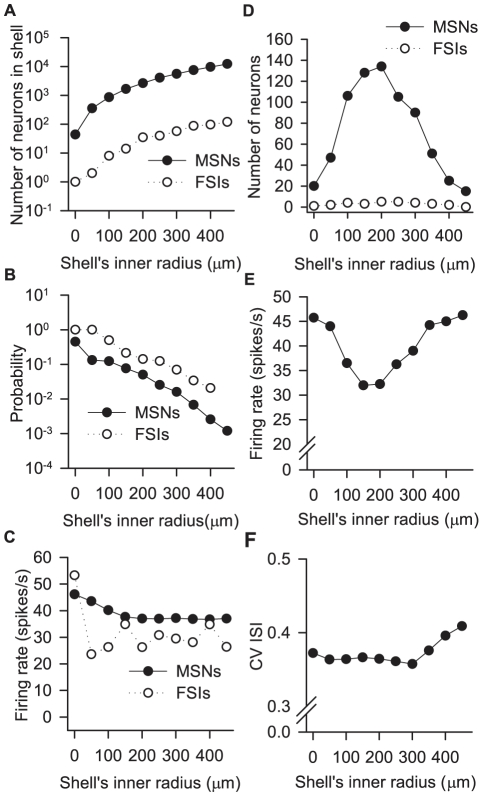Figure 10. Implications of distance-dependent connections for MSN output.
We stimulated all neurons within a  m wide spherical shell at varying distances from the centre of a 1mm-on-the-side cube of striatum (84900 MSNs, 1% FSIs) and studied the effect on the centre MSN's activity. A The total number of neurons per shell increases exponentially with increasing distance from the centre; here and in other panels we plot distances as the inner radius of the shell. B The probability of any chosen neuron in that shell contacting the central MSN falls exponentially with increasing distance. As contact probabilities are symmetric, this can also be read as approximately the distribution of probabilities for the central MSN contacting a given neuron in that shell. C All stimulated neurons received approximately 1250 spikes/s excitatory input for 4 seconds. The mean firing rate of MSNs in each shell fell slightly with increasing distance for the first few shells; the mean firing rate of FSIs in the shell was roughly constant (the first shell contained only one FSI). D The number of neurons projecting to the centre MSN peaked at the same distance for both MSN and FSI afferents, and confirm that the mean distances predicted by the network model (Table 5) do correspond to the distances of the greatest number of inputs. E In response to the same input as the stimulated neurons, the centre MSN's firing rate follows the inverse of the distribution of its inputs across the shells. F The centre MSN's inter-spike interval (ISI) coefficient of variation (CV), indicating the irregularity of the spike train, was also modulated by the distance of the afferent input.
m wide spherical shell at varying distances from the centre of a 1mm-on-the-side cube of striatum (84900 MSNs, 1% FSIs) and studied the effect on the centre MSN's activity. A The total number of neurons per shell increases exponentially with increasing distance from the centre; here and in other panels we plot distances as the inner radius of the shell. B The probability of any chosen neuron in that shell contacting the central MSN falls exponentially with increasing distance. As contact probabilities are symmetric, this can also be read as approximately the distribution of probabilities for the central MSN contacting a given neuron in that shell. C All stimulated neurons received approximately 1250 spikes/s excitatory input for 4 seconds. The mean firing rate of MSNs in each shell fell slightly with increasing distance for the first few shells; the mean firing rate of FSIs in the shell was roughly constant (the first shell contained only one FSI). D The number of neurons projecting to the centre MSN peaked at the same distance for both MSN and FSI afferents, and confirm that the mean distances predicted by the network model (Table 5) do correspond to the distances of the greatest number of inputs. E In response to the same input as the stimulated neurons, the centre MSN's firing rate follows the inverse of the distribution of its inputs across the shells. F The centre MSN's inter-spike interval (ISI) coefficient of variation (CV), indicating the irregularity of the spike train, was also modulated by the distance of the afferent input.

